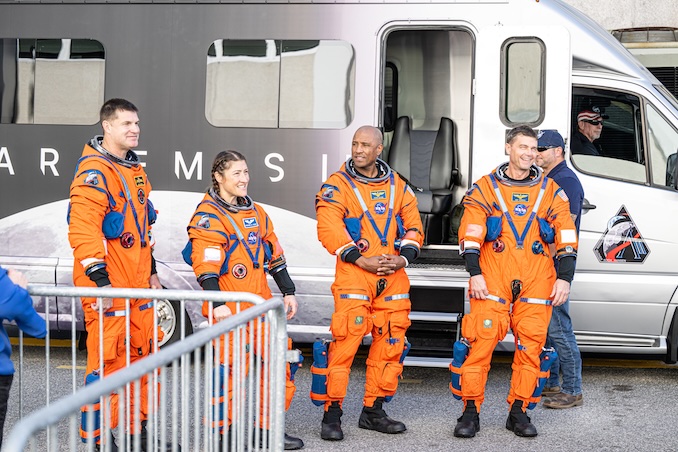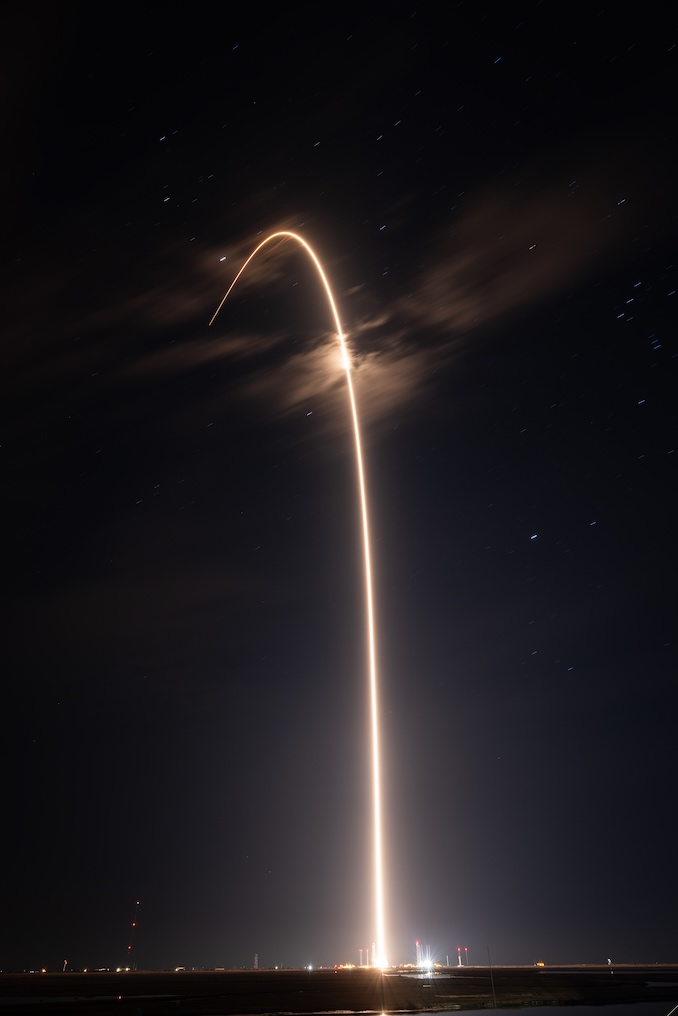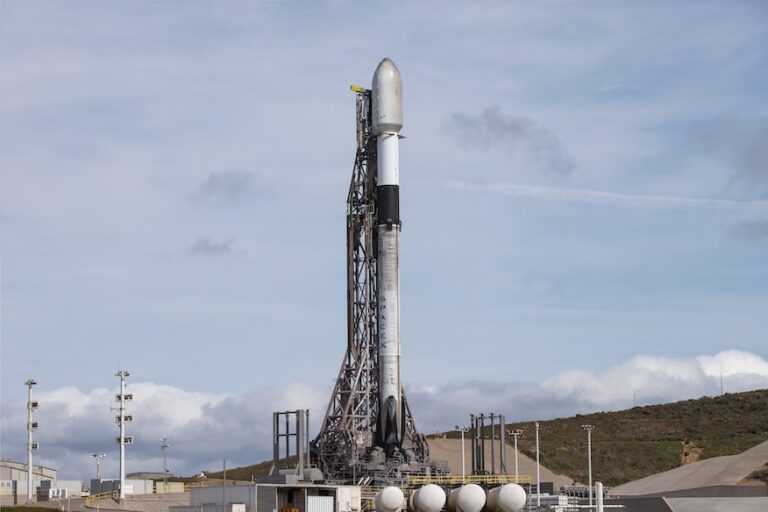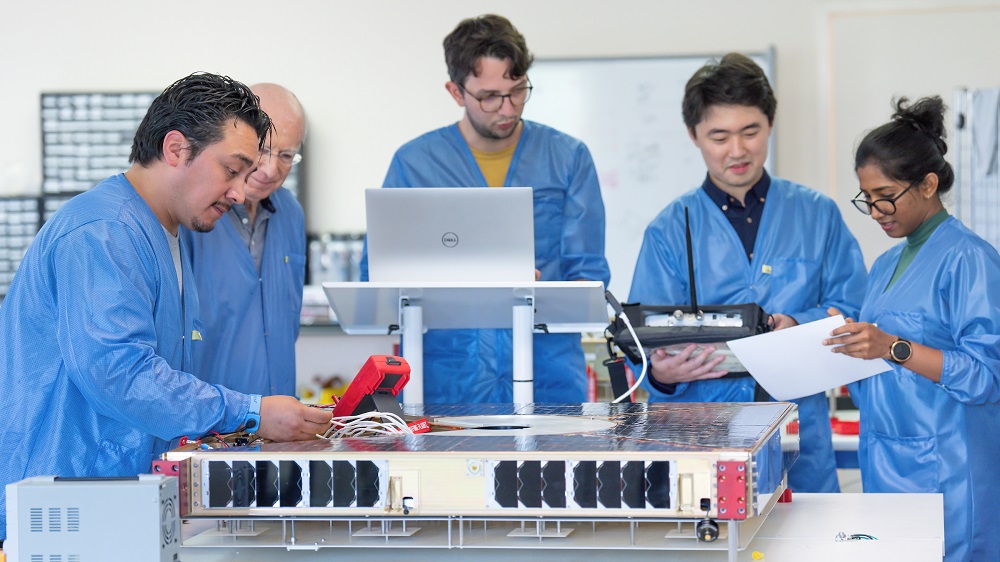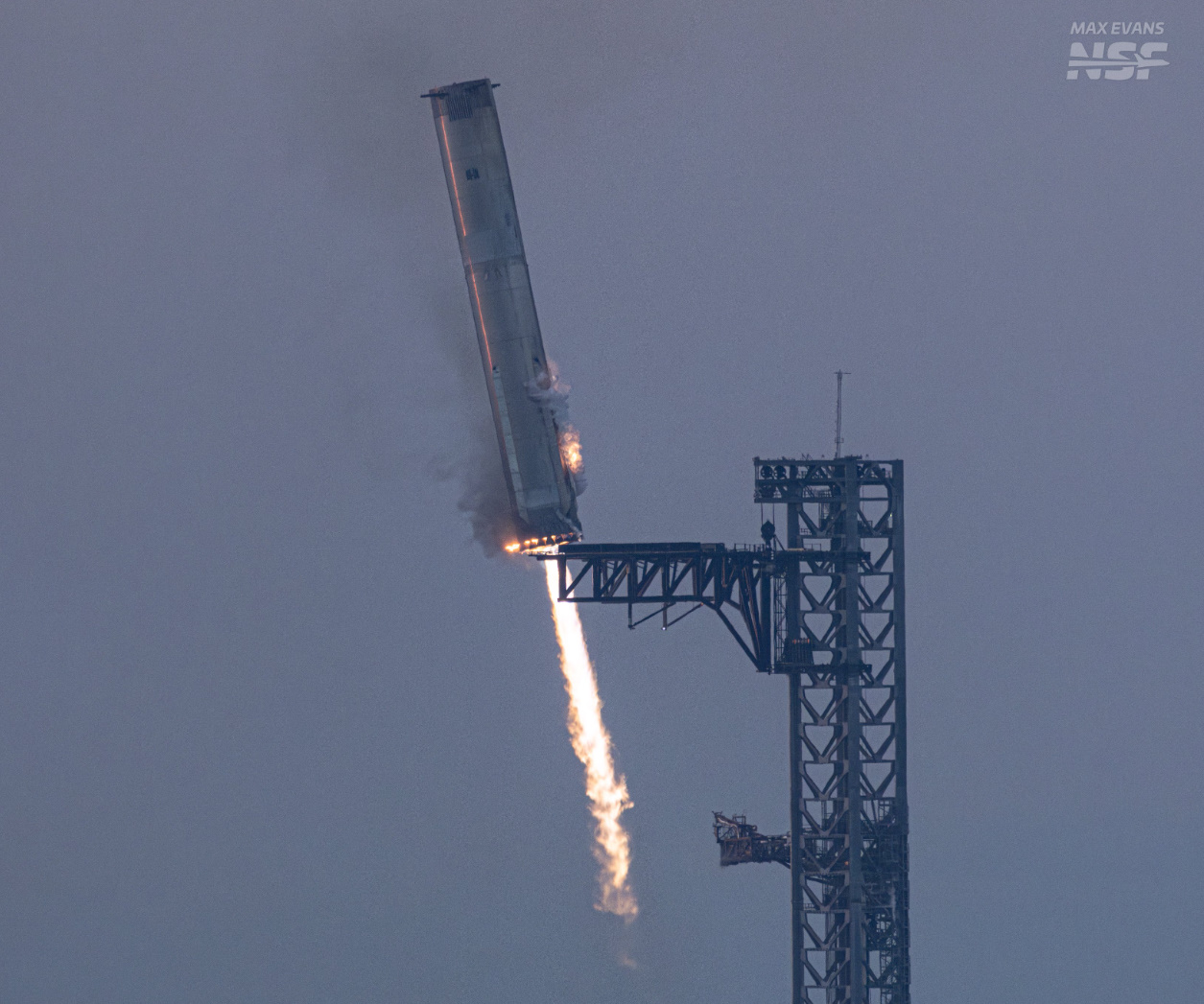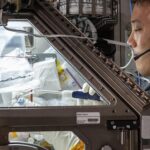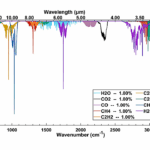Now Reading: FAA grants commercial launch license to Blue Origin’s New Glenn rocket
-
01
FAA grants commercial launch license to Blue Origin’s New Glenn rocket
FAA grants commercial launch license to Blue Origin’s New Glenn rocket
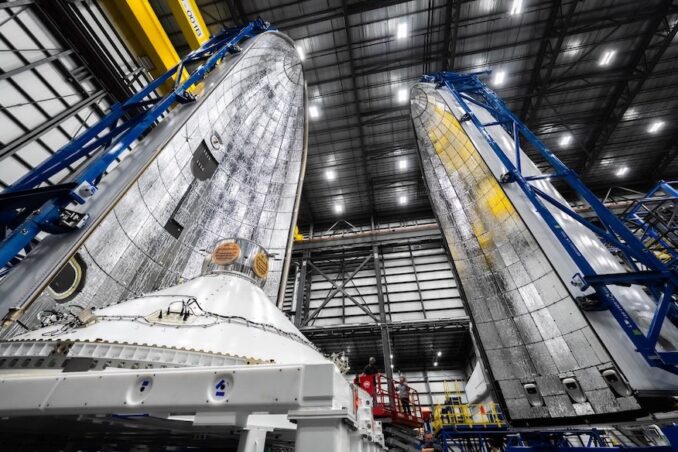

Update Dec. 27, 9:20 p.m. EST (0220 UTC): A 24-second static fire of the New Glenn first stage took place at 7:47 p.m. EST (0047 UTC).
Update Dec. 27, 4:09 p.m. EST (2109 UTC): Adding some more detail from the launch license.
Blue Origin is preparing to put on a display of fire and fury out at Launch Complex 36. The company is gearing up for a crucial hot fire test of its New Glenn rocket, which is one of the big, final steps needed before it can launch. It comes as the Federal Aviation Administration granted a Part 450 commercial launch license for the rocket, clearing way for it to operate for five years.
“The FAA is committed to enabling the success of the U.S. commercial space transportation industry without compromising public safety,” said the Associate Administrator for Commercial Space Transportation Kelvin B. Coleman, in a statement. “By working closely with Blue Origin, the FAA issued this new launch license well in advance of the statutory deadline for the historic maiden flight of New Glenn.”
“A big thanks to the FAA for the partnership, especially over the holidays,” said Blue Origin CEO Dave Limp in a social media post following the announcement by the FAA. “Here’s to NG-1 — we are really close, folks.”
The launch company, owned by billionaire Jeff Bezos, spent much of 2024 getting the final pieces of New Glenn in place so that it can finally shift into launch operations.
On Monday Dec. 16, Blue Origin CEO Dave Limp said that teams were given the “all clear” to proceed to a fueling demonstration known as a wet dress rehearsal prior to the hot fire test. Also known as a static fire because the rocket will not intentionally leave the pad, the moment will be the first time that all seven BE-4 engines roar to life together as part of a fully integrated New Glenn rocket stack.
The company did not advertise when the hot fire test will take place, but it was expected to occur no earlier than Thursday, Dec. 19. Blue Origin seemed to have done some tanking on its rocket, but didn’t state if it was able to complete a wet dress rehearsal.
Late Saturday morning, potential signs of fueling preparations were evident at the pad as venting could be seen along the strongback, which supports the rocket. However, the day came and went without a static fire test, which brings the company to Friday, Dec. 27, when it is once again performing another tanking test, potentially with a static fire test at the end.

While the first stage booster is intended to land on a barge and then reflown, similar to SpaceX and its Falcon rockets, Blue Origin won’t be able to do so immediately.
According to the launch license, the Flight Safety System (FSS) is “limited to a single-flight use” for now.
“Prior to implementing FSS component reuse, Blue Origin shall submit an updated Means of Compliance to 450.145 addressing FSS component reuse,” the FAA wrote in the license.
Meet New Glenn
Blue Origin’s first orbital class rocket, New Glenn, is the second launch vehicle developed by the company, following New Shepard, its suborbital rocket used for short tourism flights and research opportunities.
New Glenn stands 98 m (~321 ft) tall with about 57.5 m (189 ft) of that coming from the first stage of the two-stage vehicle.
The booster, which is designed to land propusively, like a SpaceX Falcon 9 booster, is powered by seven of Blue Origin’s BE-4 engines. Those are manufactured in Kent, Washington, and Huntsville, Alabama.
The BE-4 engines are fueled by liquified natural gas (LNG) and liquid oxygen and are each capable of producing 550,000 lbf (2,450 kN) of thrust at sea level, according to Blue Origin. Two of these engines power the first stage of United Launch Alliance’s Vulcan rocket.
Another good morning at the Cape. GS2 tanking test is done and nominal across the board. pic.twitter.com/g72FWUBvYx
— Dave Limp (@davill) December 10, 2024
On Dec. 12, during the final day of the Space Force Association (SFA) Spacepower Conference, Lars Hoffman, Blue Origin’s Vice President of Government Sales, talked about the benefit of sharing its engines with Vulcan.
“The same BE-4s that are going to power New Glenn have been powering Vulcan for its first two launches successfully,” Hoffman said during the panel discussion. “So, we have some flight experience already with our engines, in addition to all the test experience.”
When pressed by the moderator for a specific launch date, he said that a launch “this year is about all I can say at this point.”
“So, that kind of narrows it down a little bit doesn’t it,” Hoffman said. “Maybe for Christmas. I don’t know.”
During a roundtable discussion with reporters the same day, ULA President and CEO Tory Bruno remarked that while both rockets use the same basic engine, the key difference is in how they ignite.
“The basic engine is the same. It’s that many more flight data points, so we’ll be studying that carefully for its performance and any margins that are demonstrated and so on,” Bruno said. “We also like to keep track of all of the launch providers and where we each fit and where we’re differentiated.
“New Glenn is another [low Earth orbit] operations-optimized rocket, like Falcon, and it’s a pretty large rocket with theoretically some pretty good mass to LEO capability. So, we’ll be interested in that.”
The upper stage of New Glenn is powered by a pair of BE-3U engines, which draw from the heritage of New Shepard’s BE-3PM engine. The version flying on New Glenn is “optimized to operate in the vacuum of space,” according to the company.
So great to see! Another photo here of #NewGlenn’s two BE-3U engines right before integration. In the vacuum of space, the BE-3U’s nozzles release hydrogen-rich steam at speeds of roughly 10,000 mph. These vacuum nozzles are a big, 114.5 inches long. https://t.co/FUBven2i51 pic.twitter.com/yPWhTsudsk
— Dave Limp (@davill) November 12, 2024
NG-1
The first launch of New Glenn will not feature a customer payload, but instead will carry the Blue Ring Pathfinder into orbit. Blue Origin said this will also mark the first certification flight to become authorized to fly National Security Space Launch (NSSL) Phase 3 contract missions, if selected.
Blue Ring features “a communications array, power systems, and a flight computer affixed to a secondary payload adapter ring” and is designed to validate both space-to-ground communications as well as “ground-based radiometric tracking that will be used on the future Blue Ring production space vehicle.”

“We’re excited to demonstrate Blue Ring’s advanced in-space operations on New Glenn’s inaugural mission,” said Paul Ebertz, Senior Vice President of Blue Origin’s In-Space Systems, in a statement. “Blue Ring plays a critical role in building a road to space, and this mission is an important first step for Blue Ring and enabling dynamic and responsive operations that will greatly benefit our nation.”
Blue Origin was originally going to carry the EscaPADE spacecraft from NASA as its payload for the inaugural launch, but because the rocket wasn’t going to be ready for launch in time for the October launch window, NASA decided to shift those plans.
Stay Informed With the Latest & Most Important News
Previous Post
Next Post
-
 01From Polymerization-Enabled Folding and Assembly to Chemical Evolution: Key Processes for Emergence of Functional Polymers in the Origin of Life
01From Polymerization-Enabled Folding and Assembly to Chemical Evolution: Key Processes for Emergence of Functional Polymers in the Origin of Life -
 02Panasonic Leica Summilux DG 15mm f/1.7 ASPH review
02Panasonic Leica Summilux DG 15mm f/1.7 ASPH review -
 03How New NASA, India Earth Satellite NISAR Will See Earth
03How New NASA, India Earth Satellite NISAR Will See Earth -
 04And Thus Begins A New Year For Life On Earth
04And Thus Begins A New Year For Life On Earth -
 05Astronomy Activation Ambassadors: A New Era
05Astronomy Activation Ambassadors: A New Era -
 06Two Black Holes Observed Circling Each Other for the First Time
06Two Black Holes Observed Circling Each Other for the First Time -
07SpaceX launch surge helps set new global launch record in 2024












